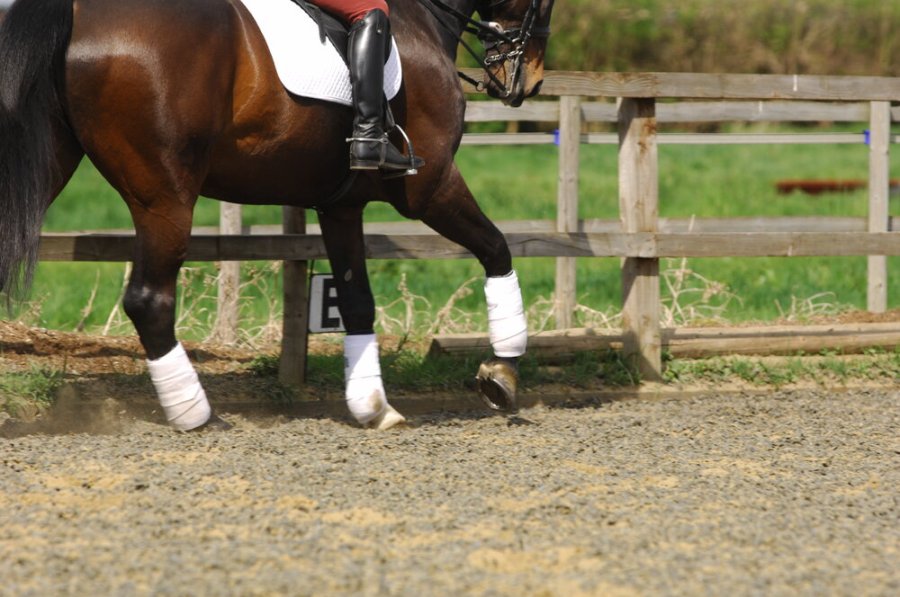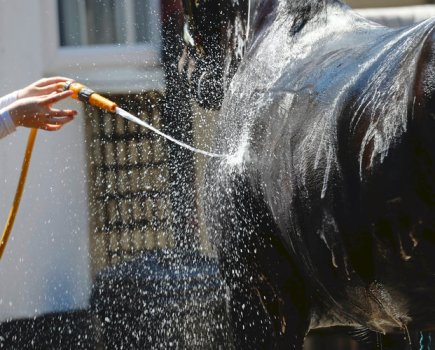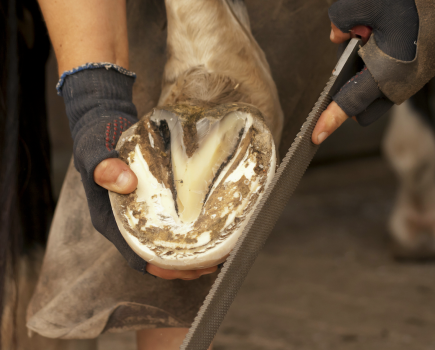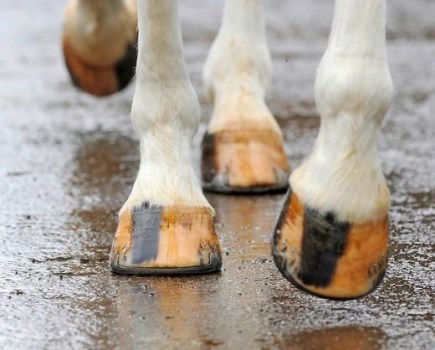Most horses would benefit from strengthening their core and abdominal musculature, says Lee Clark, MCSP SRPBSc (Hons), chartered physiotherapist and ACPAT physiotherapist.
These muscles are essential for maintaining the optimal shape and alignment of the vertebrae so, in the most basic terms, they help the horse to take the weight of the saddle and rider without forcing the spine into extension (dipping the back), which is one of the main causes of back pain and poor performance.
Treating arthritis
Arthritis is such a common problem in horses and there are so many things that can be done. The condition isn’t fixable, but it is definitely manageable.
A large part of the discomfort experienced with arthritis is due to stiffness of the joint, muscular weakness around the joint and secondary compensation pain in other parts of the body.
All of these issues can be addressed, which will then reduce the amount of discomfort your horse experiences.
Simple physio treatments and an appropriate exercise programme can make a huge difference.
What’s in a name?
Physiotherapy in the UK has become very complicated. The title of ‘physiotherapist’ isn’t a protected title if it’s used with a prefix such as ‘animal’, ‘veterinary’ or ‘equine’, so some people may be working with little or no training or qualifications and yet can legally use the term ‘equine physiotherapist’.
Even the formal training routes can vary from six months to five years.
I would always recommend owners use an ACPAT-trained physiotherapist. They have a minimum of five years training and are fully qualified to treat both you and your horse.
Don’t miss the latest issue of Your Horse Magazine, jam-packed with training and veterinary advice, horse-care tips and the latest equestrian products available on shop shelves, on sale now.









